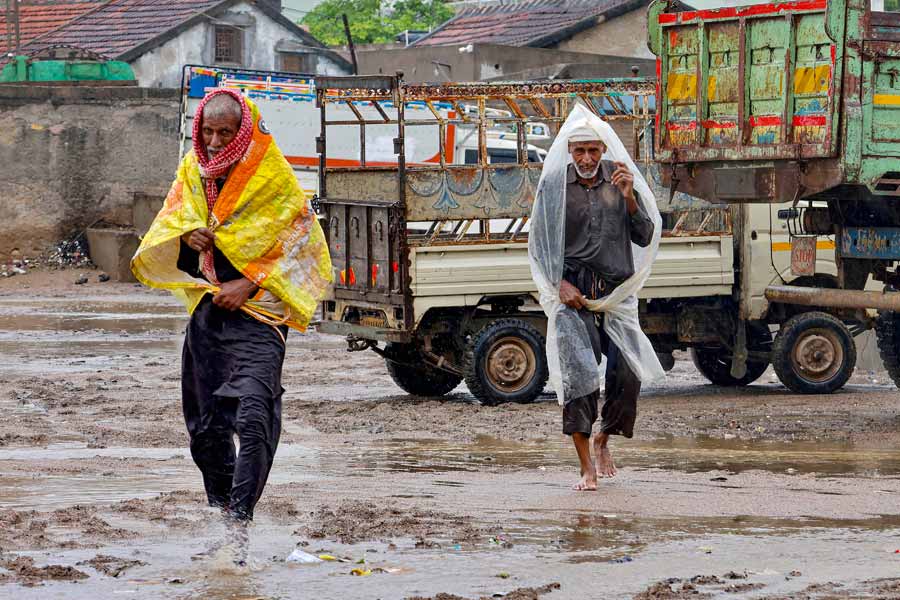The global pandemic has forced Indian education to go online, arguably for the better. It has compelled teachers to train themselves in technology and hone their skills to keep up with the pressing need, both out of concern for students’ education and their livelihood. Some teachers found this an easy transition; others had to endeavour to become proficient in online teaching. But most metamorphosed from being tech-novice to tech-savvy.
As we hope to tiptoe back to normalcy, we have already started discussing hybrid/blended classes. But do we understand what blended learning is? Do we acknowledge the need for research to investigate which type of BL will work in the Indian context, given the lopsided teacher-student ratio, lack of infrastructure, paucity of skills in educators, inadequacies in syllabus and policy?
BL’s failure to gain momentum in India is blamed on the limitations in the internet infrastructure in schools, especially those in rural areas. But statistics reveal that there has been a sharp increase in internet usage and smartphone penetration in rural India. What is the problem then? The problem lies with the ability of children and their families to use smartphones as well as the latter’s affordability. In rural areas, where midday meals, free education and other such incentives offered by the Right to Education Act did not inspire every child to attend school, how can we expect online education or blended classes to work? BL or online education is a luxury they can ill-afford.
More queries
Let’s focus on another question. Are educational institutions equipped to shift to blended classes? In the last few years, ‘smart classes’ have been introduced in several Indian schools. Usually, interactive boards are used that can ‘speak’ and show moving images. The main reason behind the failure to use these interactive boards to their full potential is that they are used only as teaching aids. Most teachers are not required to carry out research to investigate the best practices in teaching-learning that will work effectively for students. The diversity of students and their needs is such that the mode of teaching cannot become a standardized, static protocol.
The use of internet, tablets, laptops and smartphones as online textbooks or information resources does not ensure successful online education. Gadgets are means of communication. The key to using such resources meaningfully lies in appropriate lesson-planning by teachers. It is important to plan a lesson that can nurture collaboration, critical thinking, communication, and creativity in learners. Teachers must adopt a pragmatic approach to teaching. Project-based learning, group discussions, integrating diverse subjects are the needs of the hour. The Central Board of Secondary Education recently introduced an Art-Integrated Learning project for students from Classes IX to XII, but only for internal assessment. It is a splendid alternative to the otherwise mundane methods of evaluation. More such projects need to be incorporated in order to ensure the development of learners’ skills. Such projects should not remain a part of internal assessments only.
Are the teachers ready to evolve? If BL were to succeed in India, the role of teachers is bound to change. The environment of the classroom has to be redefined from passive learning to active discussions, problem-solving, and a hands-on experimental learning module. The role of the teacher will be transformed to that of a guide. Teachers will not be needed to deliver lectures. Learners can go through pre-recorded videos at their own pace and return to class in order to build on the information. But teachers may have to change a lot more than they are comfortable with. These transformations will not reduce the importance of teachers. They would elevate them to the stature of mentors in the truest sense.










